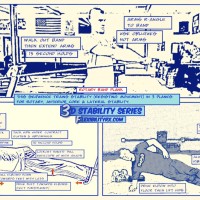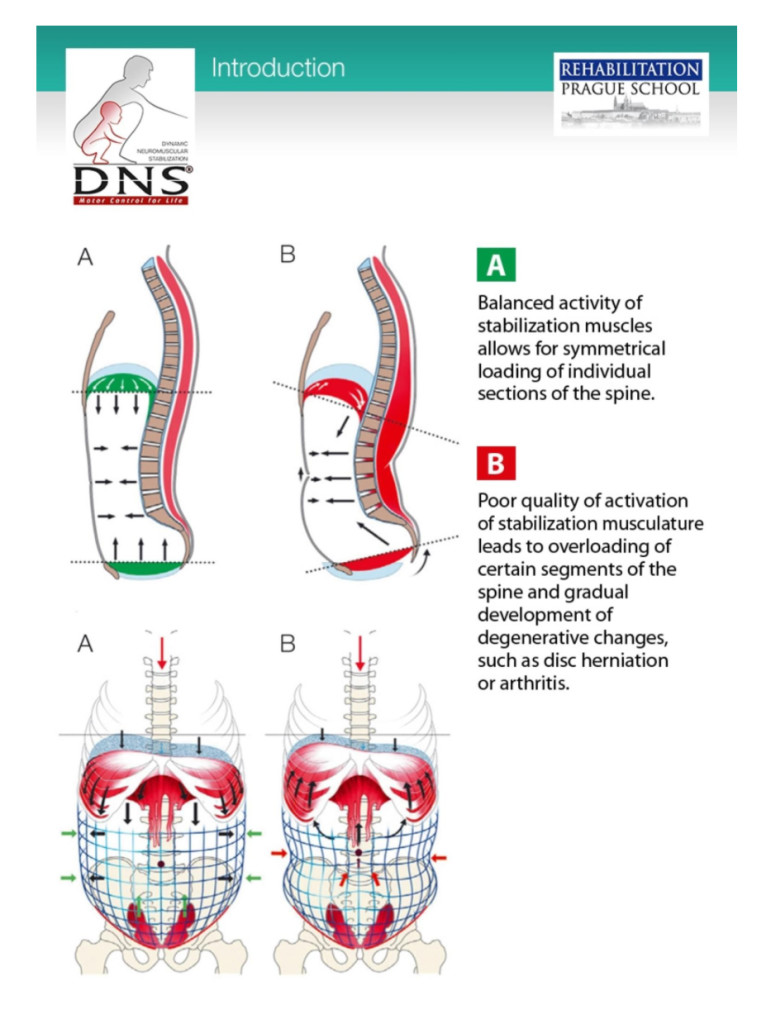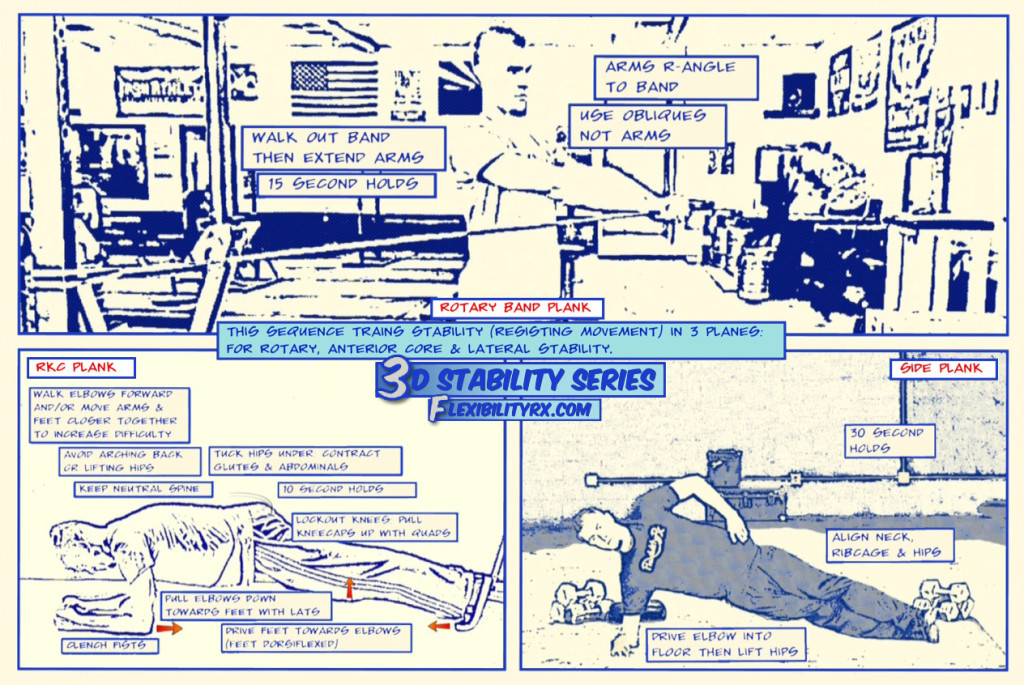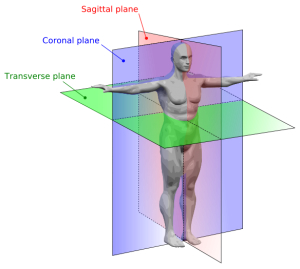
Core Stability Training
Core Stability Versus Core Strength
Core stability has a different meaning than the phrase ‘core strength’. All movement originates from a stable core. Core stability is the ability to resist and control movement. The core stabilizes movement and the hips drive it.
Core Stability is related to Movement Competency
Core Strength is related to Strength Capacity
Movement Competency
Movement competency requires a proper balance of flexibility and stability at each joint. This first part of movement competency can be thought of as having good hardware, while motor control is the software. Good motor control is developed through practicing fundamental movement patterns (squatting, hip-hinging, pushing, pulling) once joints are both flexible and stable enough to support good form during the movements.
If an athlete lacks flexibility or stability at a particular joint – range of motion will be limited (ankles, knees, hips, low-back, thoracic spine, scapula, arms). Flexibility, stability, and motor control all support joint-centration, which is good alignment of during movement.
Stability in Three Planes
Movement takes place in three planes (forward/back, side-to-side, rotation). Developmentally we progress from the sagittal plane, to the frontal plane, to the transverse plane. The developing child first lifts his head, before rolling, and then crawling.
Sagittal Plane = Forward/Back (Running, Lunging, Squatting, Hip-Hinging)
Front Plane = Side-to-Side (Carioca, Side Lunge)
Transverse Plane = Rotation (Med Ball Toss, Chop & Lift)
It is important to understand that while many exercises involve active movement through one of three planes; resisting movement through different planes develops stability. Core stability is developed through resisting movement in these three planes through anti-exercises.
Anti-movements are one way to train stability. Anti-extension, anti-lateral flexion, and anti-rotational movements like the front plank, side plank, and rotary band plank are an easy way to add stability training to a warm-up.
Examples of Poor Stability
Poor Lateral Stability = Knees Caving In During Squats/Lunges
Poor Anterior Core Stability = Low-Back Rounds (‘Butt-Wink’) or Hyper-Extends
Poor Rotary Stability = Unstable Low-Back and/or Unwanted Hip Rotation
Poor stability can also restrict flexibility – Dean Somerset points out that poor anterior core stability can limit hip external rotation and poor lateral stability can limit hip internal rotation.
The side plank can prevent knees caving in during squats and improve hip internal rotation. The front plank can strength the position of the low-back and improve hip external rotation.
Anterior Core Stability
Muscles perform different actions based on their functions. Certain groups of muscles are more suited for stability than for creating movement. Abdominal exercises that resist movement (RKC plank, ab-rollout, Kolar Wall Bug) are more functional because they train lumbo-pelvic stability. This anterior core stability is needed to resist lumbar extension during movements like the squat, deadlift, and shoulder press. The RKC plank is the gold standard for anterior core stability.
 Image taken from DNS self-care booklet – purchase here
Image taken from DNS self-care booklet – purchase here
Lateral Core Stability
Side-planks, kettlebell carries, and single leg exercises all improve lateral stability. The lateral stability sequence was covered here. Knee tracking is controlled by the glute max and glute medius. Athletes with low-back pain often have a weaker QL muscle on one side. The side plank trains quadratus lumborum to resist lateral flexion and keep the low-back healthy. The kettlebell carry integrates glute and QL function for optimal lumbo-pelvic stability.
Rotary Core Stability
Since many exercises in the gym involve movement through the sagittal plane (deadlifts, kettlebell swings) it is important to include supplemental exercises for both lateral and rotary stability. The rotary band hold trains the abdominal obliques to resist rotation through the spine. While landmines and chop & lifts train the obliques during movement, the rotary band plank is a strict ‘anti-exercise’ that is easy to incorporate into a warm-up. The rotary stability sequence was covered here – which looks at the effect of rotary stability on the hips in the bird-dog exercise.
– Kevin Kula, “The Flexibility Coach” – Creator of FlexibilityRx™ – www.FlexibilityRx.com
Tags: anterior core, core stability, core strength, knee tracking squats


Leave A Reply (No comments so far)
You must be logged in to post a comment.
No comments yet